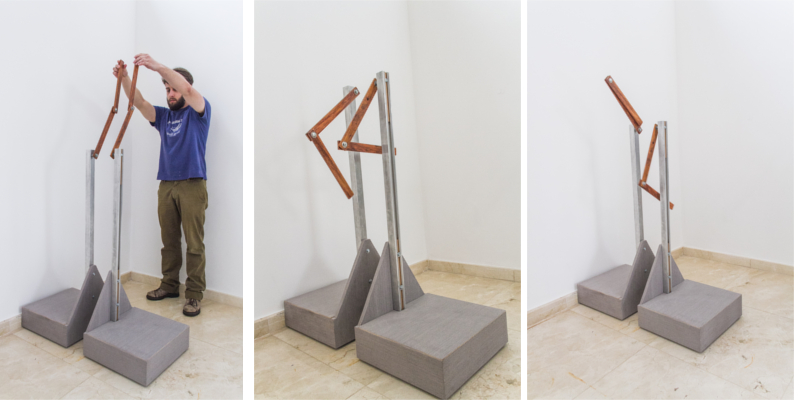DOUBLE PENDULUM AND BUTTERFLY EFECT

This exhibit summarizes the main characteristic of chaotic systems: sensitivity to initial conditions. Even starting from almost identical starting positions, the small differences are magnified and, in a very short time, each one is moving in a completely different way from the other.
This type of phenomenon became popularly known as the butterfly effect, due to the analogy made with the difference caused in weather conditions that the flapping of a simple butterfly's wings can cause.

It's not that the butterfly is capable of causing a climate catastrophe. The point is that our inability to pinpoint tiny factors in our atmosphere prevents us from being able to predict weather conditions after a certain number of days.

